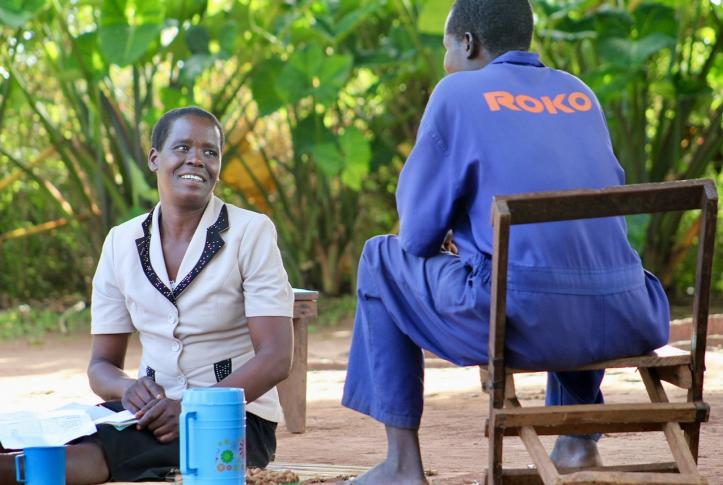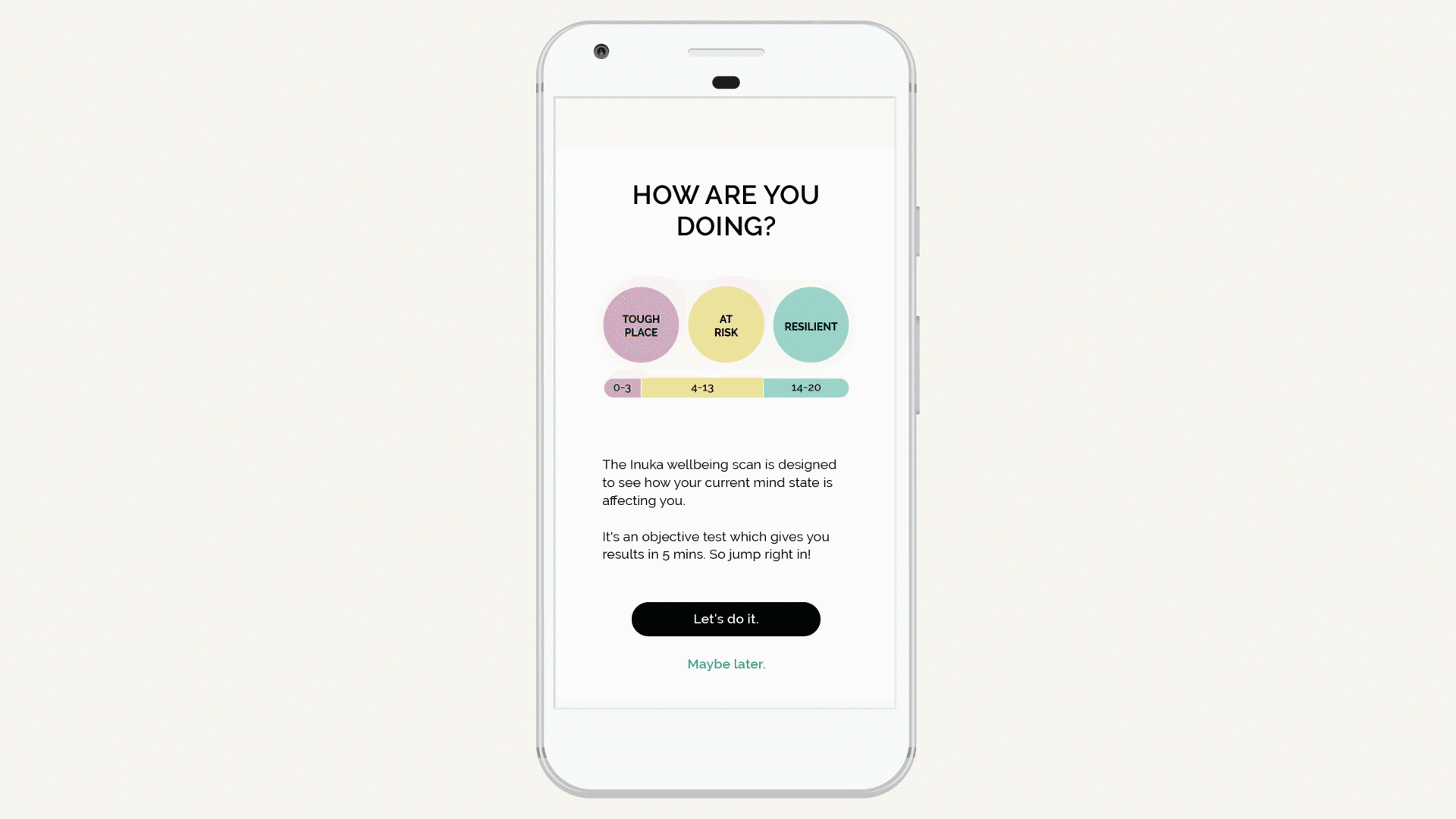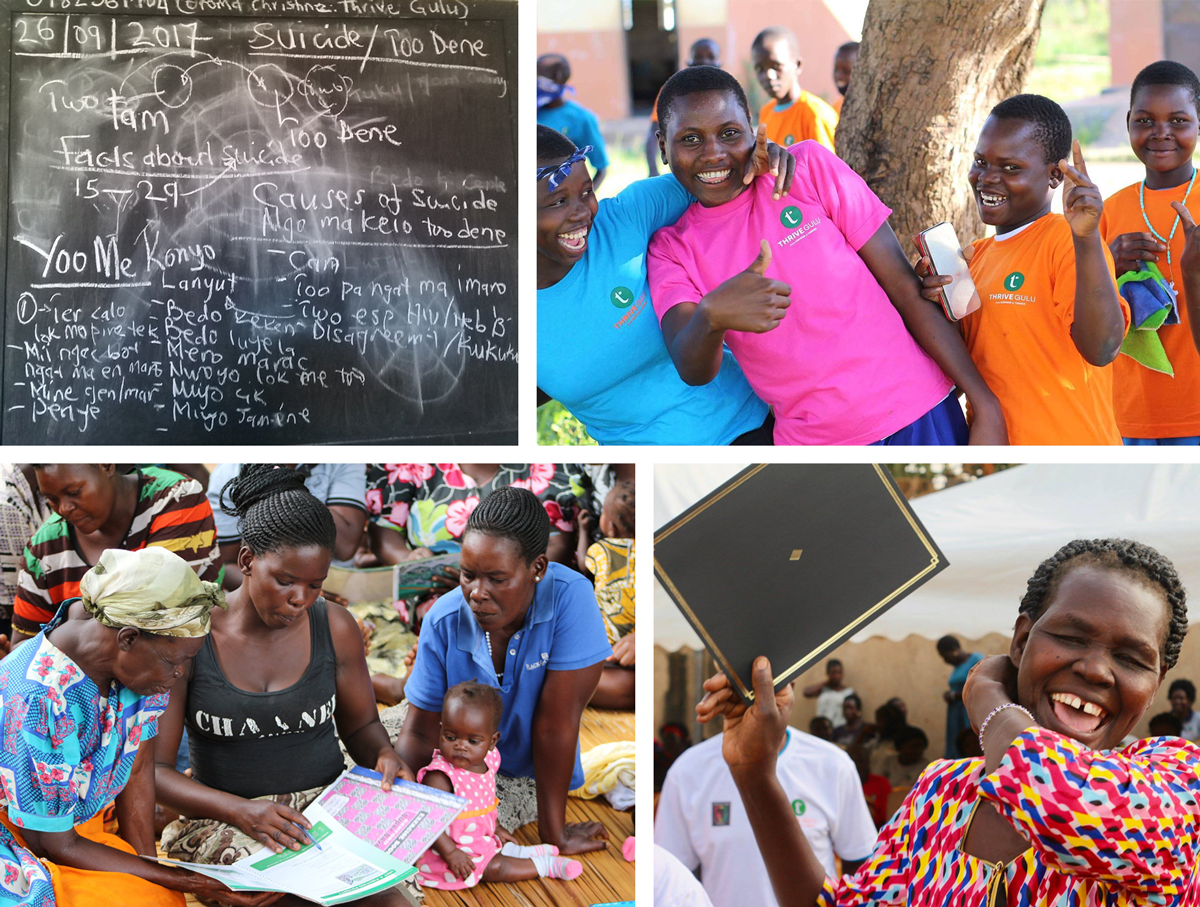Lessons for Mental Health Policy and Practice in the U.S.
While expanding access to mental health treatment is increasingly a priority for many countries, these efforts are still a work in progress. Commonwealth Fund survey findings suggest there’s still much work to be done: during the early months of the pandemic, only half of adults in Australia (54%) and Canada (47%) were able to get mental health services when they wanted them, while only a third of adults in the U.K. (32%) and U.S. (31%) were able to do so.
Still, the U.S. can learn from other countries’ efforts to expand access to mental health treatment to meet widespread need.
Funding and strategy matter.
Across most high-income countries, mental health services are insufficiently funded, as compared to services for physical health problems. Setting clear targets for increased funding — as has been done in Australia, Canada, New Zealand, the U.K., and other countries — is an important first step in expanding access to care.
Canada’s first mental health strategy, published in 2012 by the government’s Mental Health Commission, called for an increase in mental health’s share of public health care spending from 7 percent to 9 percent. Eventually, the federal government transferred CAD 5 billion (USD 3.9 billion) to provincial and territorial governments to improve access to mental health services for a decade, starting in 2017 — a significant investment but one that fell short of the recommended target.
In the U.S., efforts to institute a national mental health strategy have proceeded in fits and starts. Some policies were designed to broaden access to coverage. A 2008 law mandates that insurers provide coverage for mental health and addiction treatment that is on par with what they provide for services treating physical health conditions. Changes made to Medicare regulations, meanwhile, allow payment for depression screening and management of mental health conditions by primary care providers. But the success of these initiatives depends on having enough providers trained and willing to deliver mental health services. Some psychiatrists and psychologists in the U.S. don’t accept Medicaid or Medicare — or any insurance coverage at all — and general medicine physicians have yet to fill the gap.
In Canada, the process of developing a national mental health strategy took place in tandem with strategy development by the 13 provincial and territorial governments. This was helpful in creating a “community of practice” around mental health policy across the country, according to Mary Bartram, Ph.D., director of COVID-19 policy at the Mental Health Commission and a lead author of the report outlining the mental health strategy. Canada’s experience may provide a roadmap for coordinating approaches at the federal and state levels and spurring action in the U.S.
Care should be convenient, customizable, and scalable to meet need.
Normalizing mental health problems and reducing the hassle factor in getting help may encourage more people to seek and stay in treatment. The success of the U.K.’s IAPT program and other countries’ adaptations point to the importance of having easy on-ramps for people to get care in the manner they want. That can mean receiving treatment in their own homes or via text, chat, or phone — whether for a few days, several weeks, or even longer. In Australia, the largest health insurer, Bupa, partnered with mental health providers, advocates, and developers, to create video and audio recordings offering wellness tips to men, who are often unwilling or unable to engage in traditional treatment.
Australia’s largest insurer and its partners created videos and podcasts offering wellness tips to men, who are often unwilling or unable to engage in traditional treatment.
Delivering low-intensity therapeutic and self-help treatments through tutorials, group classes, chatbots, and other approaches could help meet demand. Experiences in Kenya, Pakistan, and Uganda suggest that a little help can go a long way for some people, and that having some support is better than having none.
In the U.S., many digital apps have been designed with the “worried well” and affluent customers in mind, because it’s easier for tech developers to market their products than to enlist insurers to pay for them. It will be important to measure whether digital tools are reaching — and are tailored to — patients with low income, including those enrolled in Medicaid, who account for a disproportionate share of spending on mental health services.
Different types of mental health care professionals may be needed.
Substantially expanding access to treatment may also mean training and empowering professionals other than psychiatrists, psychologists, or clinical social workers to provide screening or treatment. In Norway and the U.K., some counselors receive a year’s specialized training in CBT; in the Netherlands, some receive up to a year’s training to help screen and treat people in primary care practices. Less-wealthy countries have trained community health workers to assess people’s mental health and offer basic supports.
“We need to come up with novel ideas on how to get help to more people,” says Benjamin Miller, Psy.D., chief strategy officer of Well Being Trust, a U.S. foundation that works to advance mental, social, and spiritual health. “Since we don’t have enough mental health professionals where we need them when we need them, why not democratize the knowledge around mental health to enable a new and community-based workforce to take on issues we have traditionally left to the specialty health care sector?”
Jane Burns of the University of Melbourne suggests that the economic upheaval of the pandemic may offer an opportunity. “We need a workforce to care for people who are aging, disabled, or mentally ill,” she says. “This could be a reset and opportunity to think through what the new workforce will look like.”
To encourage more people to engage in mental health treatment, we need to earn their trust.
Some people may be hesitant to use mental health tools or services perceived to be promoted by the government or by their health plans or health care institutions. In Canada, it remains to be seen whether Canadians will be comfortable disclosing personal information to the country’s government-run mental health platforms. To date, take-up is a work in progress, the Mental Health Commission’s Bartram says.
Greater transparency around the results of mental health treatments could build public trust. The U.K. created an easily accessible database to share results of its national CBT program. Also needed is evidence on the effectiveness of digital health tools, and a strategy for making that knowledge part of clinical practice. One model for this is the Netherlands’ database of evaluated and recommended digital health tools.
Efforts such as Australia’s Beyond Blue initiative, which has engaged employers, schools, senior centers, and other community institutions in promoting well-being, also show the benefits of a collaborative approach to reducing the stigma of mental illness and encouraging more people to get treatment.
Given that so many people are feeling the strains of the pandemic and its repercussions, it’s crucial that we find and spread cost-effective ways of making mental health supports more broadly available.




